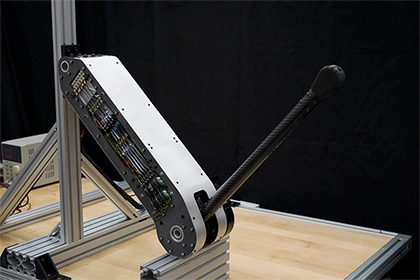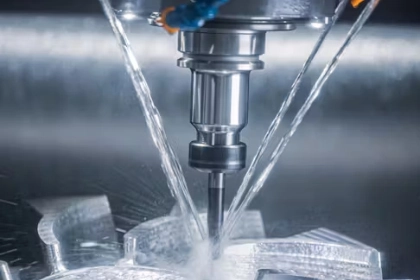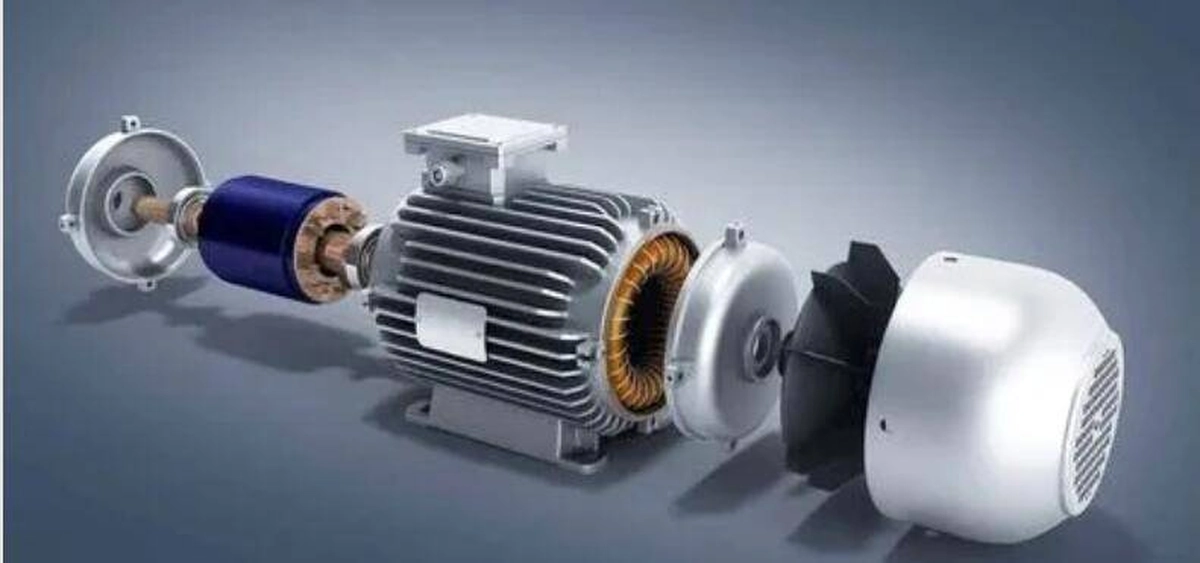- +86 19149417743
- Zhengzhou, Henan Province, China
- Mon-fri: 8am - 7pm
Get a quote

Being able to thoroughly evaluate AC motors is crucial for predictive maintenance and troubleshooting failures. This in-depth guide covers safe and effective testing methods using a digital multimeter.
Always disconnect the motor from its power source before testing. Verify no voltage is present with the multimeter on an appropriate DC scale. Wear safety glasses and avoid contact with exposed motor components when it is energized.
Set the multimeter to resistance or ohms mode (Ω). Touch the probes to each motor lead and compare readings to specifications. Abnormally high or low readings may indicate a damaged winding. Test all phases against each other and to ground.
Re-test windings looking for unexpected zero readings, which indicate a short. Rotate the shaft by hand while testing to check for intermittent faults. Any stray continuity outside of specifications reveals potential shorted turns.
Switch the multimeter to a high megohm scale and test resistance between each phase and the motor casing. Healthy insulation exceeds 5 megohms to isolate live windings from grounding.
Use a capacitance mode to test any start or run capacitor values. Significant deviations from ratings may impair motor starting or performance. Signs of leakage include unstable or decreasing readings.
Reconnect the motor briefly to observe supply voltage levels at each lead. Voltage imbalance suggests improper connections or failed capacitors/circuits.
By systematically testing motor parameters with a multimeter at each point in the process, faults can be detected before complete failure occurs. Simple meters provide cost-effective motor maintenance testing capabilities.
 2024-08-30 16:01:40
Engineering
2024-08-30 16:01:40
Engineering
 2024-07-26 14:09:13
Engineering
2024-07-26 14:09:13
Engineering
 2024-07-18 09:42:00
Engineering
2024-07-18 09:42:00
Engineering